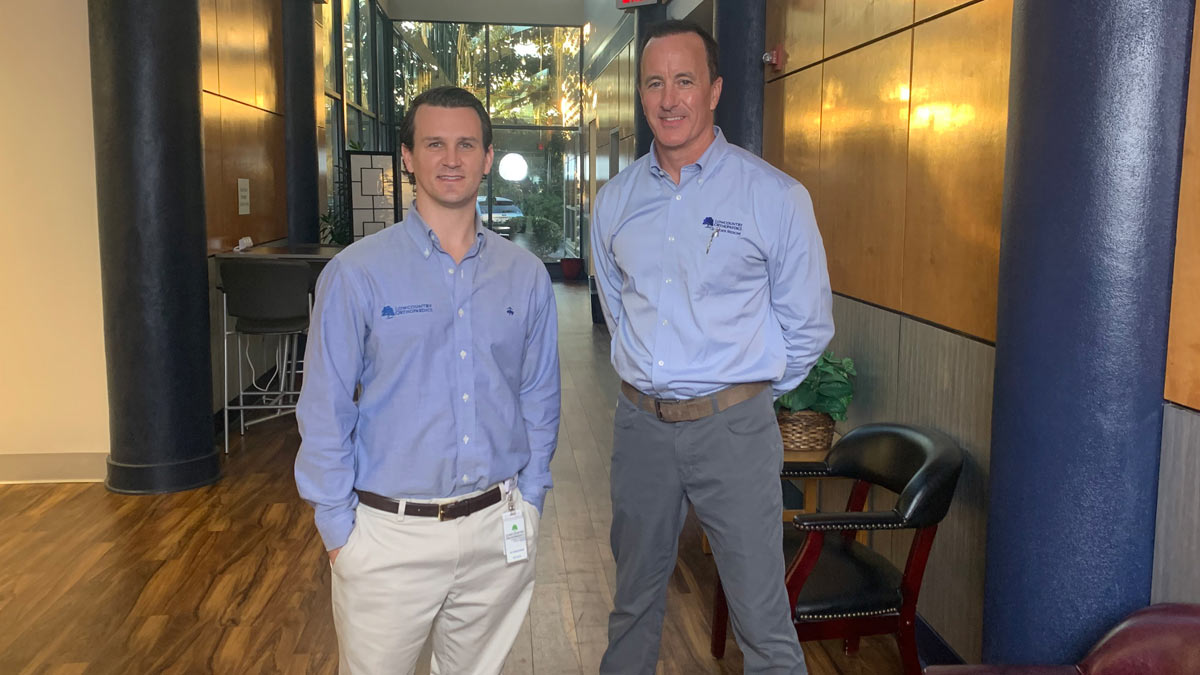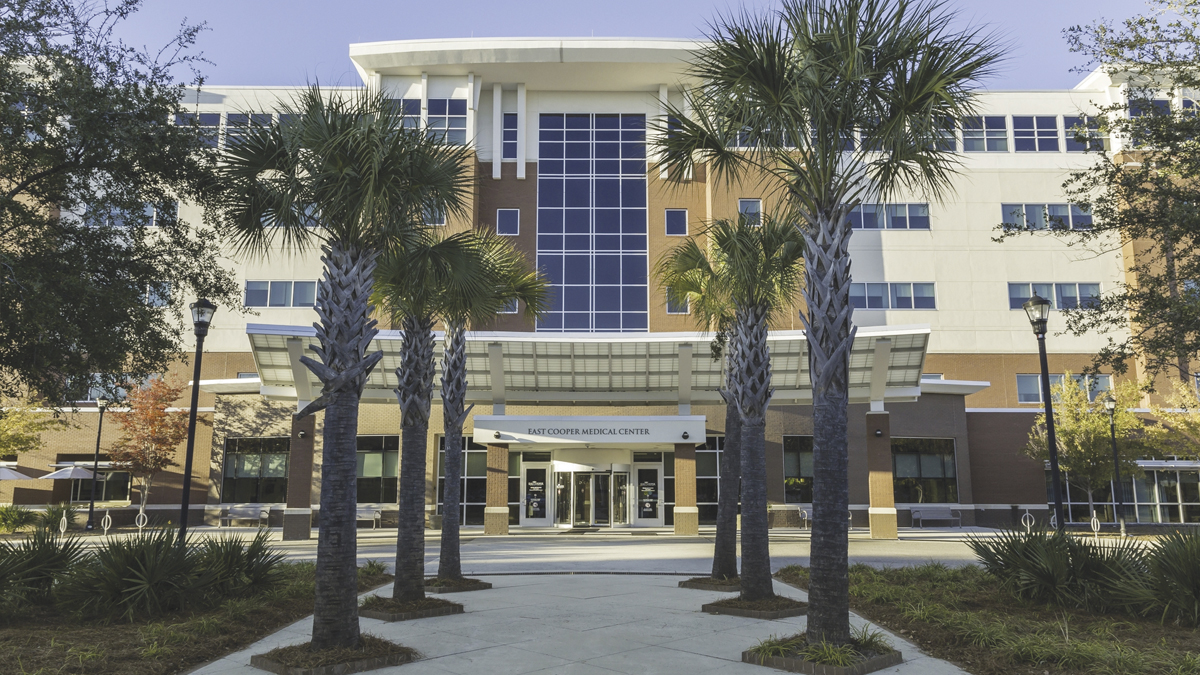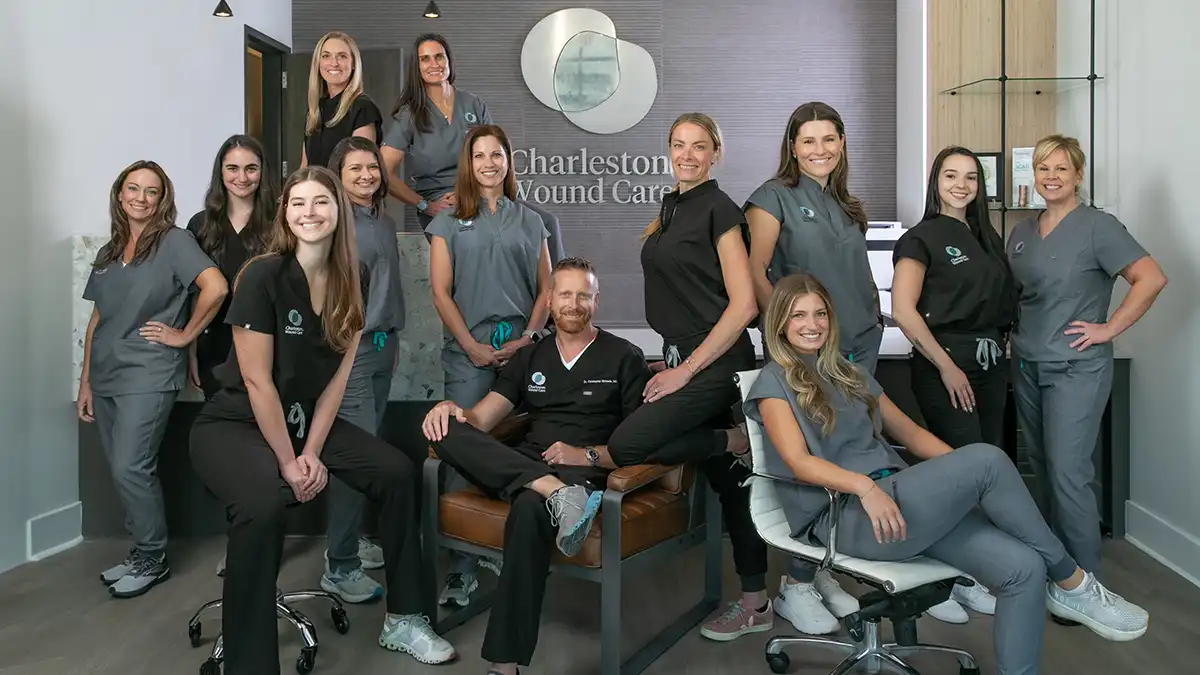What is one of the most common reasons people go to the doctor or miss work? It’s not the common cold, though that ranks high on the list. The correct answer is lower back pain. Ranging from dull aches to extreme acute discomfort, back pain affects large numbers of people worldwide.
You may be wondering when it is time to move beyond the ice pack and schedule an appointment with an orthopedic specialist.
The spine specialists at Lowcountry Orthopaedics & Sports Medicine shared some advice concerning when to be evaluated by a specialist. According to Don Stovall, M.D., if back pain is the result of overuse or without significant trauma and is localized to the lower back, there is probably no need to see a specialist right away. The pain can be self-treated with first aid – rest; alternating heat and ice to see what feels best; taking over-the-counter anti-inflammatory medication such as Ibuprofen or Aleve; and gentle stretching exercises for a few days. Generally speaking, if the pain is dull and subsides within a few days, you’re in the clear. Most lower back pain will subside within a week or two.
There are “red flag” symptoms that might indicate a more serious condition, however:
- The injury was caused by a fall or serious blow to your back, causing severe pain.
- The pain radiates down into one or both legs.
- The pain is associated with numbness, tingling or a burning sensation in your legs or feet.
- The pain persists for more than two weeks or gets worse over time.
- You develop bowel or bladder issues or weakness in your legs.
Dr. Shailesh Patel explained that there is a full range of options to treat back pain: “The focus is to manage pain. We get patients as comfortable as possible using, different treatment plans ranging from physical and occupational therapy to injections and medications.”
If these options fail to resolve the lower back pain over a six-week period, other possibilities are available. At this point, it is usually advisable to use advanced imaging such as an MRI to determine the underlying cause of pain to determine if conservative treatment has a high likelihood of resolving the issue or whether more advanced treatment is necessary. This might include stronger medication, spinal injections or surgery.
While surgery remains a last resort for treating lower back conditions, there are many minimally invasive treatment options. Spine specialist Christopher Battista, M.D., and Dr. Stovall provide patients with options such as robot-assisted spine surgery.
“Robot-assisted spine surgery empowers spine surgeons to accurately and safely use a less invasive technique than the previously required open approach. The ExcelsiusGPS™ robot-assisted spine surgery revolutionizes minimally invasive surgical platforms available to our patients,” said Dr. Stovall.
For many patients, getting better involves a collaborative effort across multiple specialties, including physical and occupational therapy, home care, pain management, coordinated nursing support and an experienced spine surgery team. All of these treatment modalities can be facilitated under one roof with the spine specialists at Lowcountry Orthopaedics & Sports Medicine.
By adopting new technologies and developing new techniques, Lowcountry Orthopaedics & Sports Medicine is constantly striving to provide patients with innovative nonsurgical and surgical techniques, including fluoroscopy-guided pain management, nerve testing, physical and occupational therapy and outpatient spine procedures.
To schedule an appointment, call 843-797-5050. To learn more, visit www.lowcountryortho.com.






